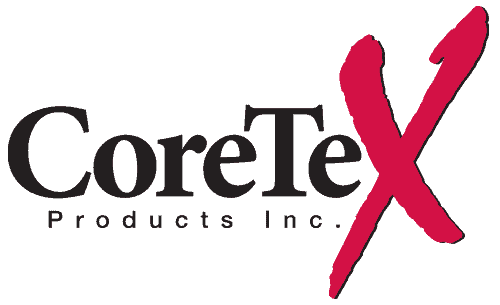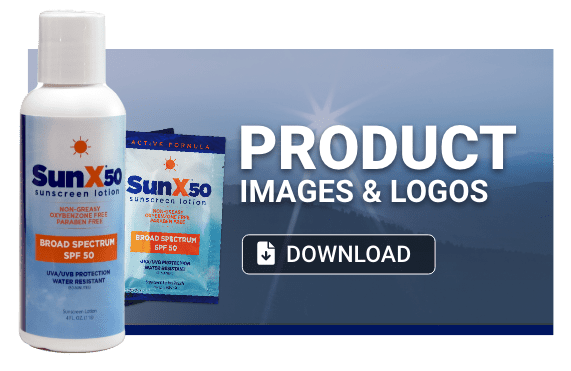Article Re-Post from March 26, 2019 on www.workplacepub.com
Dear Reader,
We are excited to share some educational info with you from one of our suppliers Coretex Products. Learn why you should protect your skin from sunburns and insect bites as they offer a wide variety of solutions. Please take a look at what they offer and contact directly to learn more about how they can help you protect outdoor workers.
Tell us a little about CoreTex Products, its offering, how you can keep workers safe.
We offer Industrial Strength Skin Protection Products for the outside workforce – We are your skin protection solution!
How do your products and solutions ensure companies are OSHA compliant?
OSHA “strongly” encourages all employers to adopt an Injury & Illness Prevention Program that can substantially reduce the number and severity of workplace injuries/illness and alleviate the associated financial burdens on U.S. workplaces (indoors and outdoors).
OSHA recommends that all workers be provided with outdoor skin protection, how can CoreTex help outdoor workers from bug bites and sun exposure?
- Sun X Broad Spectrum Sunscreens: Available in SPF 30 or SPF 50. Packaging options include Bottles, Pump Sprays and Single Dose Foil Packs.
- Bug X Insect Repellent: Available with 30% DEET. Packaging options include: Pump Sprays and Single Dose Towelettes
How can Coretex protect workers from sunburns and skin cancer?
With Sun X Sunscreen! Per FDA: Uses for Sunscreen: “Helps to prevent sunburn. If used as directed with other sun protection measures will help to decrease the risk of skin cancer and early skin aging caused by the sun.”
What is unique about your sunscreen and how it protects workers?
Our Sunscreen Formula is FDA compliant, rated as a Water Resistant, Broad Spectrum sunscreen with the maximum duration time allowed of 80 minutes. It also passed the Lineman’s Gove Test (Type 1 class 2 ANSI/ASTM D 120).
What is important to know about protecting yourself from bug bites while working outdoors?
Protection against disease carrying insects should be an employer’s top priority. Zika virus, West Nile virus and Lyme disease are spreading quickly and becoming an increased concern both nationally and globally. Insects such as mosquitoes and ticks have the potential to be carriers of these devastating diseases. Bug X 30 Formula is water based with 30% DEET, giving you long lasting, non-greasy, non-staining and low odor protection for up to 7 hours!
Can workers use both your sunscreen and insect repellant together?
Yes, it is safe to use sunscreen and insect repellant together. Sunscreen should be applied first and allowed 10-15 minutes to absorb into the skin before applying the insect repellent. However, it is NOT recommended to use a product that has combined the two formulas into one. Two reasons for not using a Sun/Bug Combo product. Sunscreen is designed to absorb into the skin.
- Whereas, DEET based insect repellents are designed to sit on-top of the skin.
- All broad spectrum sunscreens, as allowed by the FDA, have a maximum duration time of 80 minutes before needing to be reapplied. Whereas, DEET based insect repellents have a 7 to 10 hour duration time before needing to be reapplied.
What’s your piece of advice for the company or for workers who are not using sunscreen, bug repellant or outdoor skin protection products?
Per OSHA: “Working outdoors during seasonal warm months pose special hazards for outdoor workers who should protect themselves against heat, sun exposure, and other environmental hazards. Employers and employees should know the potential hazards in their workplaces and know how to manage them.”
Be Protected with Sun X 30+, Sun X 50 & Bug X 30
Source: https://www.osha.gov/OshDoc/data_hurricane_Facts/Working_outdoors.pdf

























